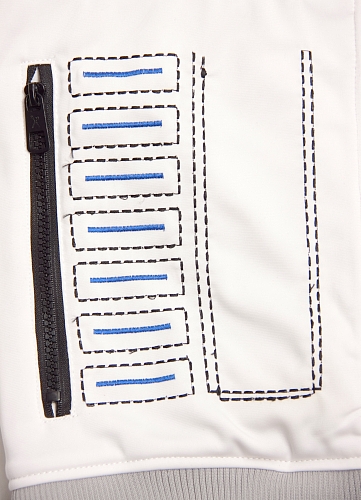



The dark villain has always puzzled his fans of whom he struck terror into, only to be later turned good. He's the pinnacle of dark lords, evilness, and, of course, Luke's father. The company’s not ready to talk pricing yet, but Blankespoor says it will be “comparable to a traditional robotic system that you see in factories where you have the robot bolted to the floor.Calling Darth Vader a cultural icon is a bit of understatement. The company is also working to make it compatible with other warehouse systems.īoston Dynamics plans to build the first units over the summer and will make Stretch available for sale next year. The nature of the system is more plug and play than ground-up automation from companies like Berkshire-Grey. Future applications include truck loading, as well, though this is still early stages for the tech. The San Francisco-based company’s 3D vision technology has been incorporated here, as well, to improve Stretch’s picking.Įarly applications include truck unloading and order building (effectively combining goods onto a single pallet). That includes those employees the company picked up as part of its Kinema Systems acquisition, back in 2019. The robot was designed by Boston Dynamics’ warehouse division - now numbering around 100 people. Little did we realize at the time that would become the foundational element of its future evolution. The robot also picked up a 100-pound crate. In its earliest form, the wheeled robot was an extremely versatile robot with an impressive ability to maintain balance while gliding and taking on different obstacles. Stretch (currently a prototype) is the long-promised commercial version of Handle, a robot the company introduced via viral YouTube video a little over four years ago.

As the CEO of Locus told me recently, everyone is looking for the technology that will help them compete with Amazon and its massive robotics army. There’s a reason, after all, so many robotics companies - including Locus, Fetch and Berkshire Grey - are devoting their entire operation to this sort of automation. And with so many orders moving online, things are only growing. I’m guessing you don’t need me to cite a bunch of statistics about how massive an industry shipping and logistics is. That takes care of the dangerous part of the three Ds, and you could make a reasonable argument that the company’s second commercially available robot is going after the dull bit. The quadruped has been deployed to oil rigs, nuclear plants and other places where most people would rather limit their time, given a choice. Spot has found most of its success as an inspection robot. Or, as I’ve been putting it for a while now, robotics are - more often than not - cool technology performing decidedly uncool tasks. Sure, the company will continue to court the public with fun viral videos of its technology dancing to the oldies, but when it comes to actually selling robotics, the targets continue to be the dull, dirty and dangerous jobs we humans just don’t want to do. There have been some tough lessons along the way, including the very real lesson that at the end of the day, most robots in the world will be deployed for mundane tasks. Boston Dynamics’ transition from a decades-long research robotics firm to a company that productizes and sells hardware has been a fascinating one to watch.


 0 kommentar(er)
0 kommentar(er)
